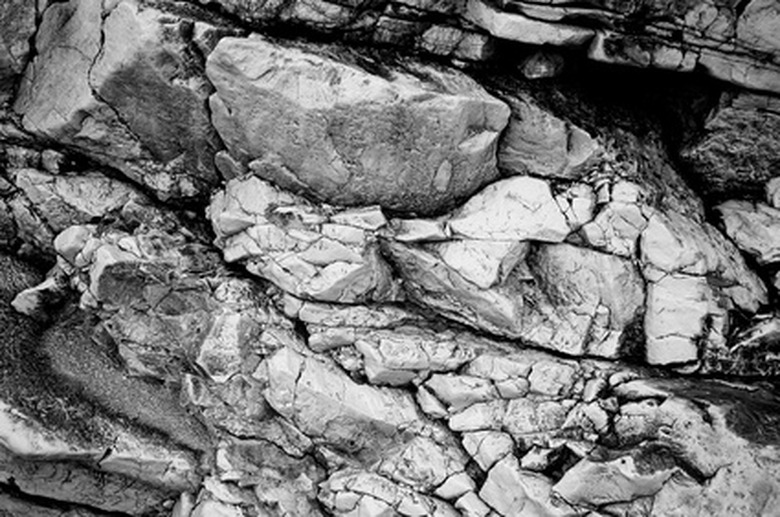How To Make Fake Rocks For An Aquarium
Things Needed
-
Portland cement
-
Play sand
-
Buckets and mixing containers
Warning
Never add newly formed rocks directly to your tank, and never add crushed coral or seashell to rocks used in freshwater tanks, as both of these mistakes can cause dangerous pH spikes in your tank.
Tip
An easy way to tell if the rocks have cured enough (and to speed the curing process up) is to place them in a bucket of clean water and test the pH every day until it levels out to suitable numbers for your tank. Change the water in the bucket every day.
Finding the perfect rocks to decorate your aquarium can be a frustrating task; even worse can be finding one perfect rock without any way to track down other stone that matches. Many aquarists have turned to creating their own aquarium rocks from cement. This inexpensive process allows you the freedom to design the exact size and shape of the rocks needed for your aquarium, and done correctly, is entirely safe for your fish. Simple play sand is used for both the rock molds and part of the rock mixture.
Step 1
Mix the Portland cement in a small bucket according to the package instructions.
Step 2
Wash the play sand in a separate 5-gallon bucket using a hose, allowing dust and debris to overflow out of the bucket. Use your hand or a paint stir stick to swirl the sand around until the water runs clear. Drain the water.
Step 3
Mix approximately four parts play sand to each part of Portland cement, or until the mixture forms a loose, almost doughlike consistency. The mixture should be thick enough to be picked up in your hands but thin enough that it will spread into crevices on its own. Reserve the rest of the damp play sand in the bucket.
Step 4
Pour the remaining play sand into a plastic tub or container. The size of the container will vary by situation but needs to be deep enough to fit the size of the rocks you intend to make.
Step 5
Dig holes in the damp sand (misting with additional water to hold the sand together if needed) to form the molds for the rocks. This is the step that allows you to exercise your creativity; the options are limitless, and looking up images of real rocks can help lend inspiration to the process. You can even add bits of crushed coral or seashell (saltwater tanks only) to the bottoms of the molds to add texture and interest.
Step 6
Pour the cement dough into the molds. At this point you can add handfuls of damp sand to the bottoms or sides of the cement to create crevices and caves.
Step 7
Allow the rocks to cure for 24 hours.
Step 8
Pull the concrete rocks from the molds and hose off any loose sand. At this point the rocks need to be cured for six to eight weeks before they are added to the aquarium.
